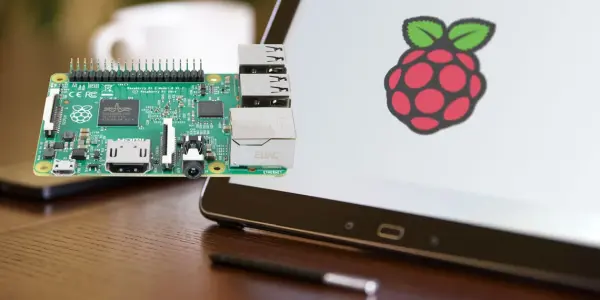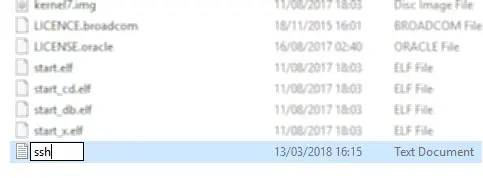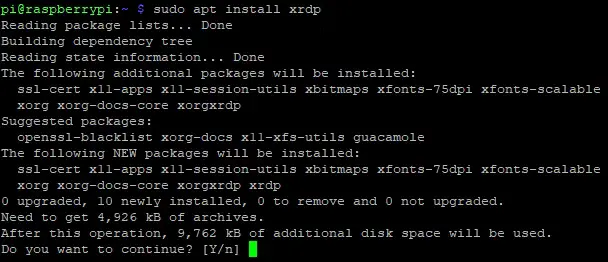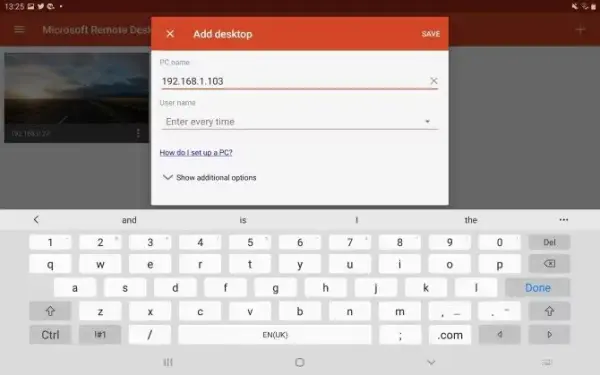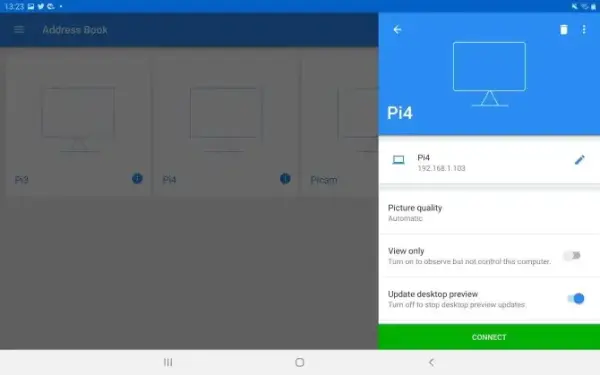While the Raspberry Pi proves to be an excellent computer, accessing it isn't always the most convenient. Unless it's consistently linked to a display, chances are you access it through SSH, VNC, or RDP.
What You Need to Use a Tablet Display With Raspberry Pi
Interested in using your Android device as a display for your Raspberry Pi? The process is more straightforward than you might imagine.
You'll require:
– A Raspberry Pi 3 or newer (for older versions, a wireless networking dongle is necessary)
– Both devices connected to the identical network
– A keyboard and mouse linked to the Raspberry Pi (via USB, Bluetooth, or wirelessly)
– A tablet stand or appropriate case for your Android device to function as a monitor
This setup is effective.
Regrettably, establishing a direct connection between your tablet display and a Raspberry Pi is unfeasible. Both the GPIO and DSI ports lack compatibility with tablet displays, rendering the use of an old tablet screen as a Raspberry Pi display impossible. Even in the event of successful device connection, satisfactory image output won't be achievable.
Furthermore, acquiring a new Raspberry Pi might be necessary in this scenario.
Instead of directly linking the Raspberry Pi to your Android tablet, consider employing remote desktop software.
Two alternatives exist to utilize an Android tablet or phone as a Raspberry Pi display.
1. RDP: Microsoft's Remote Desktop Protocol
2. VNC: Virtual Network Connection
Both options allow complete desktop access to your Raspberry Pi through Android. Thankfully, setting up either isn't overly complicated. While tested with a Raspberry Pi 3, these methods should function with older versions and even the Pi Zero.
In this scenario, you'll require two Android devices: one for functioning as the Wireless Access Point (WAP), and another for serving as the display.
For both options, the initial step involves ensuring that SSH is activated on your Raspberry Pi. This will streamline the “headless” setup, enabling you to configure RDP and VNC from your PC before establishing the connection from your Android device.
Activating SSH can be accomplished in three different ways:
1. Using the command line: Access the raspi-config screen and navigate to Interfacing Options > SSH > OK. Reboot the system when prompted.
2. Via the Raspbian desktop: Proceed to Preferences > Raspberry Pi Configuration > Interfaces and select SSH. Confirm by clicking OK.
3. Power down your Pi, remove the SD card, and insert it into your desktop PC's file browser. In the boot directory, create a new file named “ssh” without any file extension. Safely remove the card and place it back into your Raspberry Pi. Upon powering up, SSH will be enabled.
To establish a connection with your Raspberry Pi through SSH, Linux and macOS users can utilize the terminal app. Meanwhile, Windows users have multiple reliable options available for SSH connections.
To initiate SSH, it's essential to have the IP address of your Raspberry Pi. You can locate this information by entering
ifconfig wlan0Make a note of the IP address, as you'll need it later.
Connect Android to a Raspberry Pi via RDP
Initially, let's experiment using RDP (Remote Desktop Protocol). This stands as the superior choice, enabling greater functionality with the remote device. Specifically, sessions requiring high graphics performance function more smoothly via RDP compared to VNC. Linux incorporates its own RDP software referred to as xrdp.
Essential requirements include:
1. Installation of RDP software on your Raspberry Pi.
2. An RDP application installed on your Android device.
To commence, establish a connection to your Raspberry Pi via SSH (Secure Shell). Subsequently, input the following commands to update the package list and install xrdp.
sudo apt update
sudo apt install xrdpTap Y when prompted.
Sure, here's a rephrased version:
Subsequently, seek out an RDP application compatible with Android. An excellent choice is the Microsoft Remote Desktop app.
Download: Obtain Microsoft Remote Desktop for Android (Free).
To establish a connection between your Android device and the Raspberry Pi via RDP, follow these steps:
1. Open the Microsoft Remote Desktop app.
2. Tap the “+” icon.
3. Choose “Desktop.”
4. Enter the hostname or IP address linked to your Raspberry Pi.
5. Save the entered details.
6. When prepared, tap on the connection tile.
7. Note the warning indicating the inability to verify the remote PC (this occurs due to the Linux OS on your Pi).
8. Proceed by clicking on “Connect.”
Afterward, the xrdp login screen will appear. Enter your regular Raspberry Pi account details (the default credentials are pi:raspberry, but it's recommended to modify these) and then click OK.
Connect a Raspberry Pi to an Android Tablet With VNC
The second method for using a tablet as a Raspberry Pi display involves employing VNC software. By setting this up on both your Raspberry Pi and Android device, you gain access to the Pi's desktop. Once you connect a keyboard, the experience will closely resemble a direct connection to the Pi.
VNC stands as a commonly used option for remotely accessing a Raspberry Pi from a PC. But how does it function on an Android device?
To make this work, you'll require:
– VNC server software installed on the Raspberry Pi
– VNC viewing software installed on your Android device
To begin, install a VNC server. While the Raspberry Pi OS includes RealVNC, it's not initially activated.
Enabling VNC can be done in two ways:
1. Via the raspi-config screen: Choose Interfacing Options > VNC > OK. Reboot the system when prompted.
2. Through the Raspbian desktop: Navigate to Preferences > Raspberry Pi Configuration > Interfaces, then select VNC. Click OK to confirm.
Next, find a suitable VNC client for your Android device. Numerous options are available, with the VNC Viewer from RealVNC being a great choice.
Download: VNC Viewer for Android
Once the app is installed and your Pi is booted:
1. Launch VNC Viewer
2. Tap the ‘+' to create a new connection
3. Enter the IP address and session number (e.g. 192.168.10.21:1)
4. Tap Create
Upon reaching this point, you'll receive a notification regarding the unencrypted nature of the connection. Accept the connection (assuming you're within your secure home network), and proceed to input the password. Click “Continue” when prepared, initiating the connection.
Provide a password as prompted and relish access to your Raspberry Pi using the keyboard while utilizing your Android tablet as a display!
Add a Simple Raspberry Pi Display With an Android Tablet
Utilizing an Android tablet as a Raspberry Pi display presents an excellent means to repurpose an older device. The setup process is straightforward, and as long as the tablet's battery remains charged, it should offer reliability. Exploring these effective methods for powering a Raspberry Pi in portable projects is also worth considering.
Moreover, by incorporating a keyboard, mouse, and a convenient battery recharger, you can transform your Raspberry Pi into a fully portable system. Leveraging your Android tablet's 4G connection for internet access could prove immensely beneficial. Furthermore, pairing a Raspberry Pi with a tablet touchscreen enhances its portability even further. For an in-depth exploration, delve into our guide on constructing your custom Android tablet using a Raspberry Pi.


